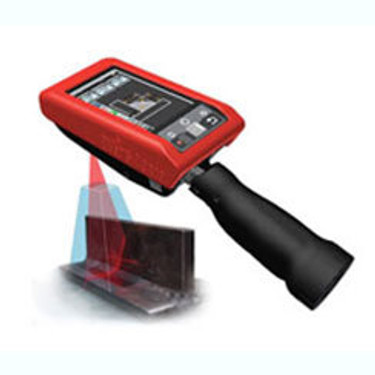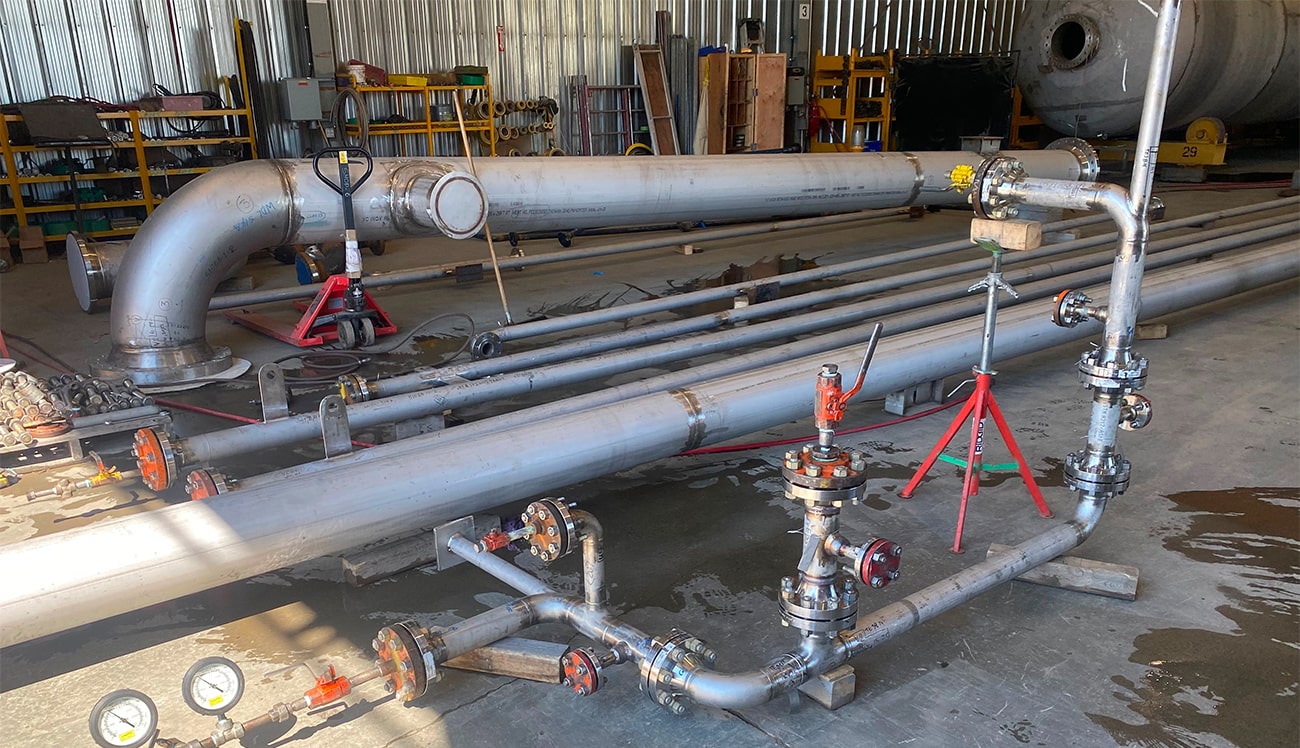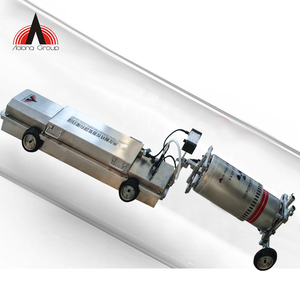Ensuring Resilience with Thorough Pipeline Welding Inspection
Comprehensive Overview to Pipeline Welding Assessment: Making Sure Integrity and Safety And Security in Pipeline Building and Upkeep
The stability and safety of pipelines are critical in today's facilities landscape, highlighting the important duty of welding assessment in pipeline building and construction and upkeep. A thorough overview on this subject not only highlights the need of examining weld quality but also resolves the numerous assessment techniques available, such as radiographic and ultrasonic testing. By comprehending common flaws and their effects, stakeholders can implement finest techniques that guarantee conformity and durability. Nonetheless, the complexities associated with welding examination raising relevant inquiries about industry criteria and the advancing innovations that might redefine these methods.

Significance of Welding Assessment
Welding evaluation plays a crucial duty in making certain the honesty and safety and security of pipeline systems. It works as a basic process that confirms the quality and reliability of bonded joints, which are frequently one of the most at risk factors in pipe building. With methodical evaluation, examiners can identify possible flaws such as cracks, porosity, and incomplete blend, which may jeopardize the architectural stability of the pipe.
The significance of welding examination expands beyond plain compliance with industry standards; it additionally safeguards public wellness and the environment. Comprehensive evaluations can enhance the long life of pipe systems, lowering the requirement for expensive repair work and downtime.
In enhancement to making sure security and compliance, welding examination fosters a society of top quality assurance within companies. By focusing on evaluation throughout the welding process, firms can develop a track record for reliability and quality, eventually causing boosted consumer confidence and business chances (Pipeline Welding Inspection). Hence, the value of welding examination can not be overemphasized in the context of pipeline construction and maintenance
Key Welding Processes
Numerous welding processes are utilized in pipe building, each with its very own advantages and applications. Amongst the most extensively used techniques are Shielded Steel Arc Welding (SMAW), Gas Tungsten Arc Welding (GTAW), and Gas Steel Arc Welding (GMAW) SMAW is favored for its convenience and capability to perform well in different ecological problems, making it ideal for field applications.
GTAW, often referred to as Tungsten Inert Gas (TIG) welding, is acknowledged for its ability to generate top quality welds with outstanding control over warmth input, making it excellent for thin-walled pipes and stainless steel materials. GMAW, or Metal Inert Gas (MIG) welding, provides high deposition prices and is effective for large tasks, typically utilized in the fabrication of pipelines in controlled atmospheres.
Additionally, Immersed Arc Welding (SAW) is made use of for its deep infiltration and high productivity, especially in the construction of large-diameter pipes. Each of these processes adds to the overall stability and safety and security of pipe constructions, allowing welders to select one of the most ideal method based on product kind, job needs, and environmental problems. Recognizing these vital welding procedures is vital for reliable pipe welding examination.
Usual Defects and Their Effect

Porosity, identified by tiny gas pockets caught within the weld, damages the product and can cause leaks. Cracks, which might happen as a result of thermal stress his response and anxieties or inappropriate cooling, can propagate and result in architectural failure under pressure. Undercutting, where the base metal is deteriorated along the weld bead, reduces the efficient cross-section of the pipeline, boosting the risk of crack.
Insufficient combination occurs when the weld steel does not appropriately bond with the base metal, causing weak locations that may fall short under stress and anxiety. Slag inclusion, the entrapment of non-metallic material within the weld, can likewise compromise the joint's honesty. Identifying and addressing these defects early in the building procedure is critical to guaranteeing the long-term dependability and safety of pipe systems, thereby safeguarding both the framework and the environment.
Examination Methods and Devices

Aesthetic inspection is the first line of protection, permitting inspectors to determine surface area irregularities, misalignment, or various other visible problems. Ultrasonic testing employs high-frequency audio waves to identify inner problems, supplying accurate deepness dimensions and defining problems without damaging the weld. Radiographic testing makes use of X-rays or gamma rays to produce pictures of the weld, making it possible for the recognition of inner voids, splits, or incorporations.
Magnetic particle screening is specifically efficient for spotting surface area and near-surface stoppages in ferromagnetic materials. This strategy entails using a magnetic field and fine iron bits to the weld, exposing defects via the accumulation of fragments at problem sites.
In enhancement to these techniques, specialized devices such as automated ultrasonic testing devices and electronic radiography systems enhance examination accuracy and performance, making sure an extensive analysis of pipeline welds throughout building and upkeep.
Best Practices for Conformity
Complying with ideal methods for conformity in pipe welding evaluation is critical for making certain the stability and safety and security of the facilities. Organizations has to establish a detailed quality administration system that lines up with sector criteria such as ASME, API, and AWS. This consists of creating comprehensive welding procedures that define the qualifications, materials, and strategies needed for welders.
Regular training and accreditation of assessment employees are vital to preserve high proficiency levels. Assessors view website ought to recognize with different non-destructive testing (NDT) methods, including ultrasonic testing, radiographic testing, and aesthetic inspection, to effectively determine possible flaws.
Paperwork plays a crucial function in conformity; preserving exact documents of examinations, weld treatments, and personnel qualifications helps to guarantee traceability and accountability. Set up audits and testimonials of welding techniques must be carried out to identify locations for improvement and make certain adherence to developed protocols.

Final Thought
In final thought, the application of strenuous welding evaluation methods is extremely important for ensuring the integrity and security of pipeline building and construction and maintenance. Continuous improvement in evaluation processes will certainly add to the long life and integrity of pipe systems, emphasizing the crucial duty of welding inspection in the sector.
The integrity and safety and security of pipes are paramount in today's facilities landscape, underscoring the crucial role of welding inspection in pipe building and maintenance. Understanding these vital welding procedures is crucial for reliable pipe welding evaluation.
Sticking to ideal practices for compliance in pipeline welding assessment is crucial for making certain the honesty and security of the infrastructure.In final thought, the execution of strenuous welding evaluation protocols is vital for making sure the integrity and security of pipe building and maintenance. Constant enhancement in inspection processes will certainly contribute to the durability and integrity of pipeline systems, emphasizing the crucial function of welding assessment in the sector.